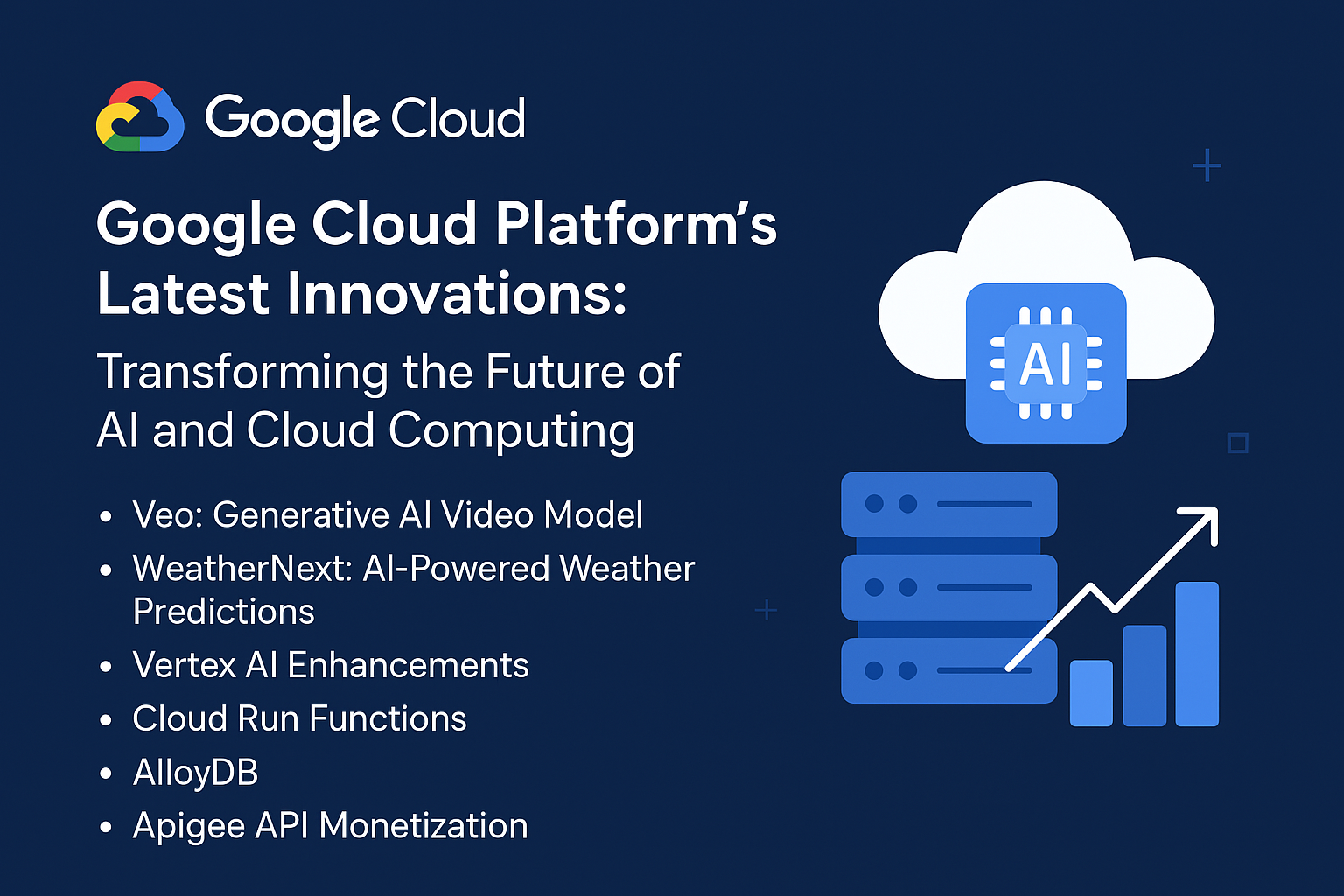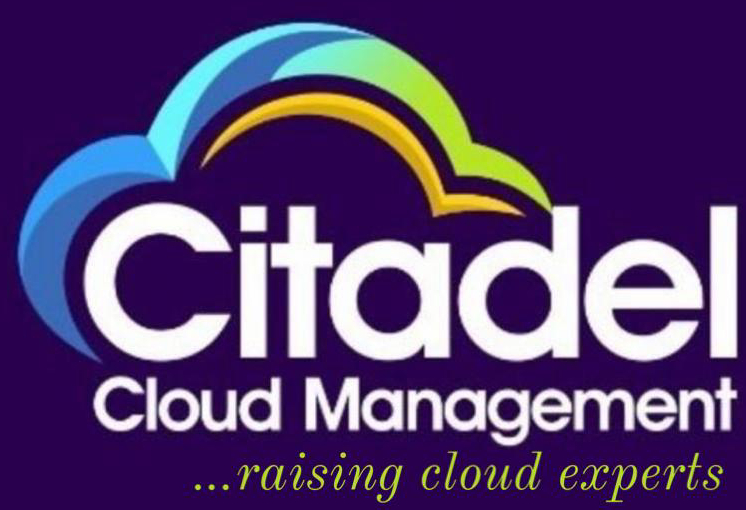
Cloud Control Matrix vs. Other Security Frameworks
citadelcloud
In today’s digital landscape, security frameworks play a crucial role in ensuring that organizations manage their data securely and comply with relevant regulations. Among the numerous frameworks available, the Cloud Control Matrix (CCM) from the Cloud Security Alliance (CSA) stands out as a comprehensive tool specifically designed for cloud environments. However, how does it compare to other popular security frameworks like NIST, ISO 27001, and GDPR? This blog post delves into the nuances of the Cloud Control Matrix and how it stacks up against other established security frameworks.
Understanding the Cloud Control Matrix (CCM)
The Cloud Control Matrix is a framework developed by the Cloud Security Alliance (CSA) that provides a set of security controls tailored for cloud computing environments. It is designed to help organizations assess the security and compliance of cloud service providers (CSPs) and their offerings.
Key Features of the Cloud Control Matrix
- Cloud-Specific Controls: Unlike general security frameworks, the CCM is specifically tailored to address the unique security concerns of cloud environments. This includes considerations for data sovereignty, cloud access management, and virtualized infrastructure.
- Control Families: The CCM categorizes controls into 16 domains, such as Application & Interface Security, Business Continuity Management & Operational Resilience, and Security Incident Management, E-Discovery & Cloud Forensics. This classification helps organizations assess different aspects of cloud security comprehensively.
- Compliance Mapping: The CCM offers mapping to other standards and regulations, such as ISO 27001 and PCI-DSS, making it easier for organizations to align their cloud security practices with existing compliance requirements.
Comparison with Other Security Frameworks
While the CCM is tailored for cloud environments, other security frameworks cater to a broader range of IT environments. Here’s how the CCM compares with some of the most widely recognized frameworks:
1. NIST Cybersecurity Framework
The National Institute of Standards and Technology (NIST) Cybersecurity Framework (CSF) is a widely used framework that provides a comprehensive approach to managing and mitigating cybersecurity risks. It is composed of five core functions: Identify, Protect, Detect, Respond, and Recover.
Comparison with CCM
- Scope: The NIST CSF is broader in scope compared to the CCM, addressing all types of IT environments and not just cloud. The CCM focuses specifically on cloud-related controls, which makes it more tailored for assessing cloud service providers.
- Flexibility: The NIST CSF is highly flexible and can be adapted to various industries and organizational sizes. In contrast, the CCM is specifically designed for cloud environments, which might limit its applicability outside of cloud contexts.
2. ISO/IEC 27001
ISO/IEC 27001 is an international standard for information security management systems (ISMS). It provides a systematic approach to managing sensitive company information, ensuring data security through a risk management process.
Comparison with CCM
- International Recognition: ISO/IEC 27001 is internationally recognized and applicable to any organization, regardless of the industry. The CCM is more specialized, focusing on cloud-specific controls, which may not cover all aspects of information security that ISO/IEC 27001 does.
- Comprehensive Management: ISO/IEC 27001 offers a holistic approach to information security management, covering physical, administrative, and technical controls. The CCM, while comprehensive in cloud-specific controls, does not encompass the entire range of security management practices covered by ISO/IEC 27001.
3. General Data Protection Regulation (GDPR)
The General Data Protection Regulation (GDPR) is a regulation in EU law that focuses on data protection and privacy for individuals within the European Union. It imposes strict requirements on how organizations handle and protect personal data.
Comparison with CCM
- Focus: GDPR is primarily focused on data protection and privacy, whereas the CCM provides a broader range of controls related to cloud security, including data protection, but also encompassing other aspects like access management and incident response.
- Geographical Applicability: GDPR applies specifically to organizations operating within or targeting the EU. The CCM, however, is more globally applicable, addressing cloud security concerns that are relevant to organizations regardless of their location.
When to Use Which Framework
Choosing the right security framework depends on various factors, including your organization’s specific needs, regulatory requirements, and the environment in which you operate. Here’s a quick guide on when to use each framework:
1. Use CCM If…
- You are primarily concerned with cloud security and need a framework tailored specifically to cloud environments.
- You need to assess and manage the security of cloud service providers.
- You want a framework that maps to other standards, facilitating compliance with multiple regulations.
2. Use NIST CSF If…
- You need a comprehensive framework that covers all aspects of cybersecurity, not just cloud-specific concerns.
- You operate in a highly regulated industry or need a framework that can be customized to fit various risk management needs.
- You require a flexible framework that can be adapted to different types of IT environments and organizational sizes.
3. Use ISO/IEC 27001 If…
- You are looking for an internationally recognized standard that provides a systematic approach to information security management.
- You need a framework that covers a wide range of security management practices, including physical and administrative controls.
- You aim to implement an information security management system (ISMS) that aligns with international best practices.
4. Use GDPR If…
- Your organization processes personal data of individuals within the European Union and needs to comply with strict data protection and privacy regulations.
- You need specific guidelines on how to handle and protect personal data to avoid substantial fines and legal consequences.
- You are focused on ensuring data privacy and meeting the requirements for data protection impact assessments and consent management.
FAQs
What is the Cloud Control Matrix (CCM)?
The Cloud Control Matrix (CCM) is a framework developed by the Cloud Security Alliance (CSA) that provides a set of security controls tailored specifically for cloud computing environments. It helps organizations assess and manage the security of cloud service providers.
How does CCM differ from the NIST Cybersecurity Framework?
The CCM is specifically designed for cloud environments, focusing on cloud-specific controls. The NIST Cybersecurity Framework (CSF) is broader, covering all types of IT environments and providing a comprehensive approach to managing cybersecurity risks.
Is ISO/IEC 27001 applicable to cloud environments?
Yes, ISO/IEC 27001 is applicable to all types of IT environments, including cloud environments. However, it provides a more comprehensive approach to information security management that extends beyond cloud-specific concerns.
What role does GDPR play in cloud security?
GDPR is a regulation that focuses on data protection and privacy for individuals within the European Union. While the CCM includes data protection controls, GDPR provides specific guidelines on how to handle personal data and comply with privacy requirements.
Can the CCM be used in conjunction with other frameworks?
Yes, the CCM can be used alongside other frameworks such as NIST CSF, ISO/IEC 27001, and GDPR. The CCM even offers mapping to these standards, facilitating a more integrated approach to security and compliance.
In conclusion, while the Cloud Control Matrix is a powerful tool for managing cloud security, it is important to consider how it fits within the broader landscape of security frameworks. Each framework has its strengths and is designed to address different aspects of security and compliance. By understanding these differences, organizations can make informed decisions about which frameworks to implement and how to best protect their information assets.
Table of Contents
Latest Articles

ADDRESS
Houston, Texas USA
US LINE
+1 (346) 652-4970
NIGERIA LINE
081 2852 0152
MAIL ADDRESS
info@citadelcloudmanagement.com
QUICK LINKS
- © 2025. All Rights Reserved By Citadel Cloud Management
